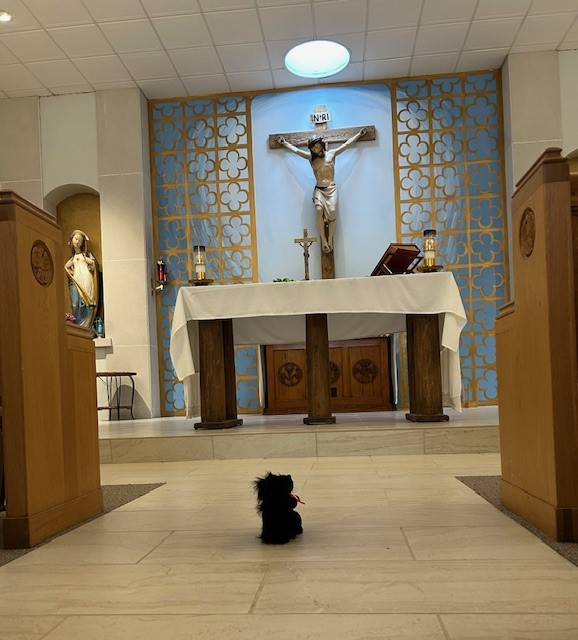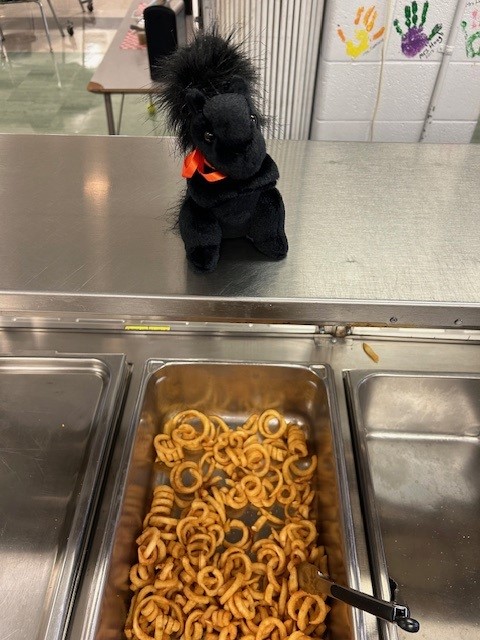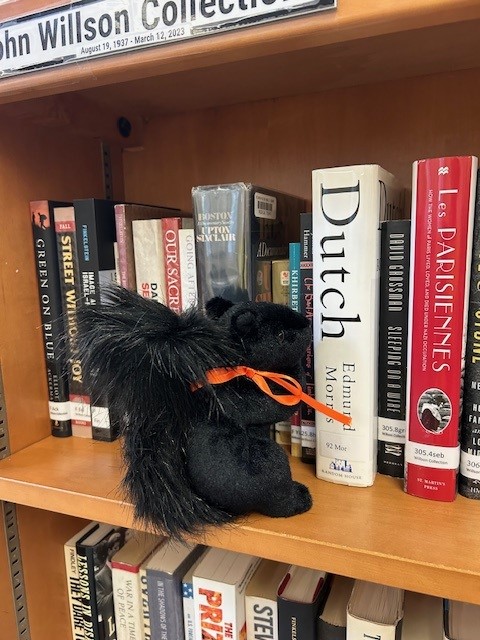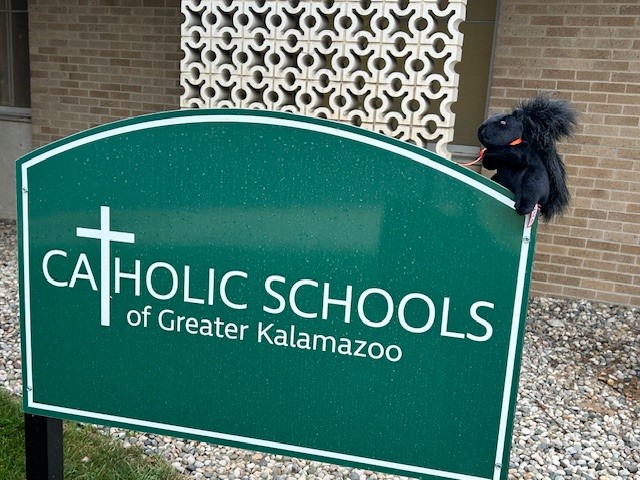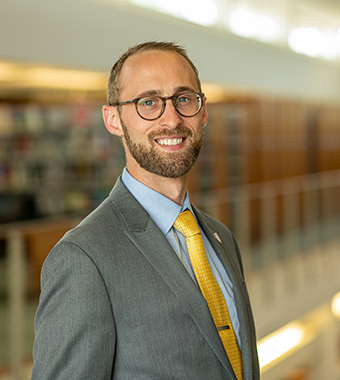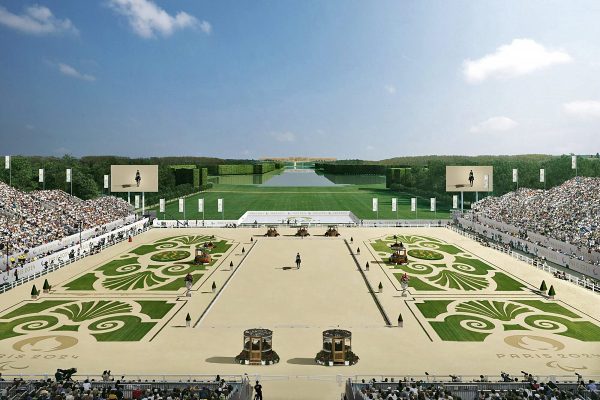A professor plops down on the stairs, lowering her load so she can fish out a paper to illustrate a point to students who stopped her in the hall of the A. Paul Schaap Science Center.
Down another hall, an impromptu discussion about gene expression breaks out among two professors and a student. They refer to one of many scientific posters displayed on the walls of the center to explain the intricacies of RNA.
In the three-story atrium, other students are settled around tables and nestled in comfortable furnishings with laptops out as they diligently work to finish assignments.
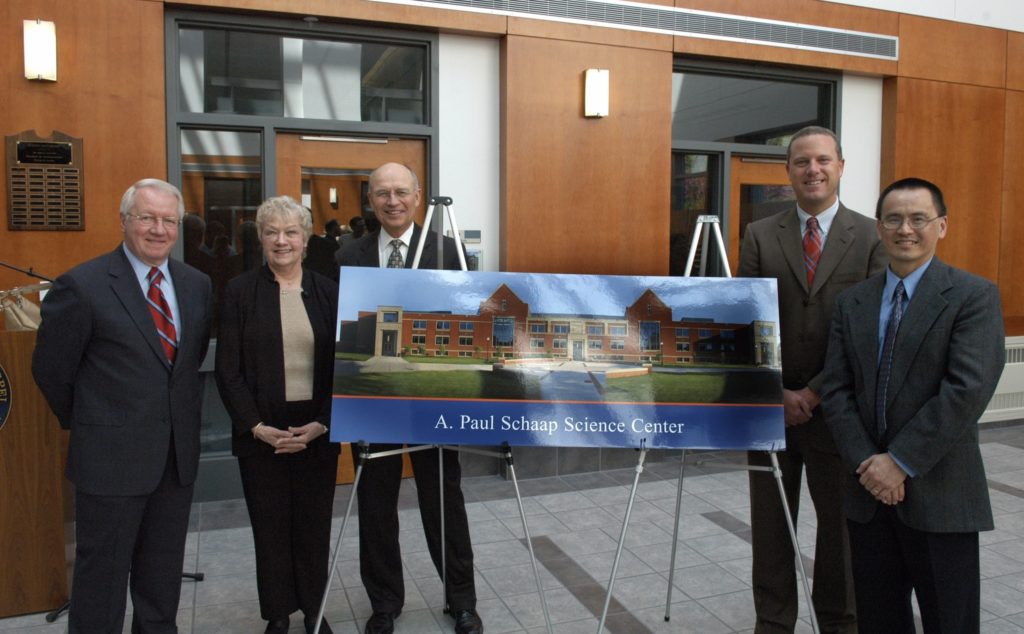
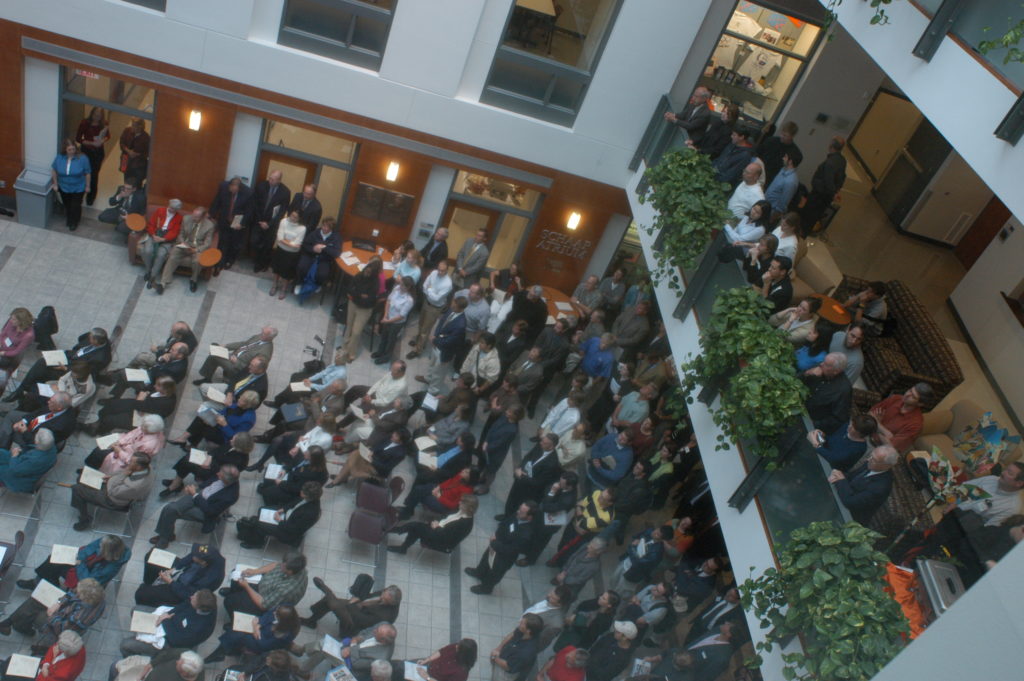
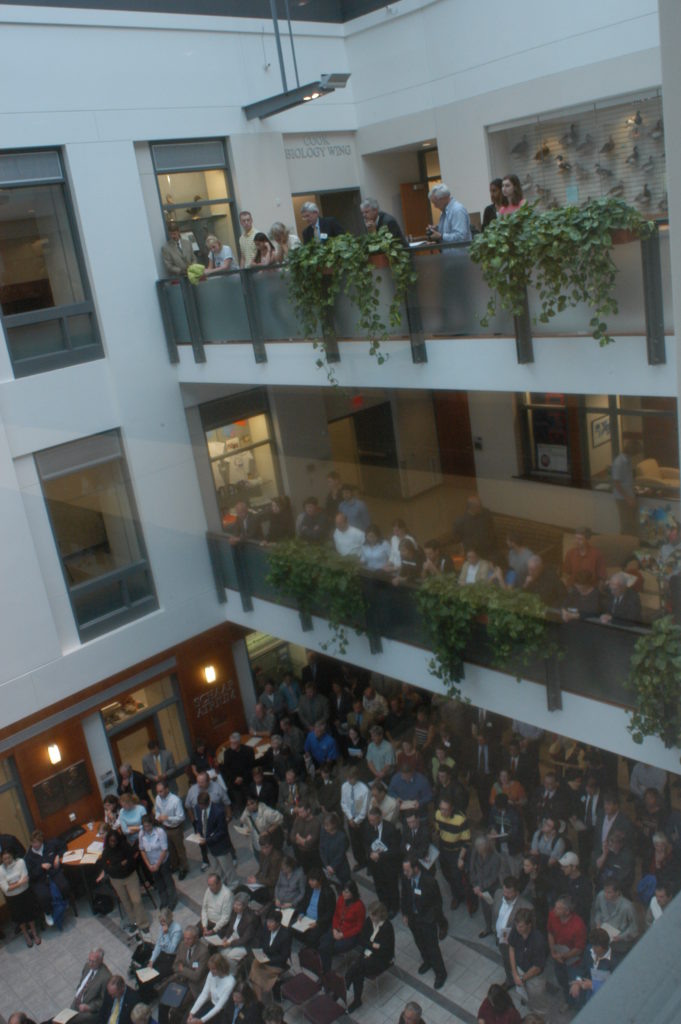
These scenes are cause for celebration! They are exactly what planners envisioned 20 years ago when they dedicated the 85,900-square-foot Schaap Science Center. As part of the $36-million project, the adjoining 72,800-square-foot Peale Science Center also was renovated to create a science hub to be used by all students on campus.
“Winston Churchill said, ‘We shape our buildings; thereafter they shape us.’ Though he was speaking of government buildings, the words are just as true for educational spaces,” said Jonathan W. Peterson, dean of natural and applied sciences.
“The Schaap Science center was designed to facilitate, augment and inspire faculty-student collaborative research by way of intentional building geography,” Peterson added. “Each faculty office was ensconced within a state-of-the art research lab. This created the very tangible connection between the student and the mentor, creating a pedagogical proximity that shaped the way students view the research endeavor, that is integrated, interconnected and communal.”
About 20 years ago this fall students and staff moved into the building, which houses biology, chemistry, geological and environmental sciences, nursing, psychology and two new interdisciplinary programs that have been added since the move: neuroscience, and biochemistry and molecular biology. An official 20th anniversary celebration is planned during Milestone Weekend May 15–16, 2025.
Dr. James Gentile, dean of Natural and Applied Sciences at the time, proposed construction of a new science building because programs were outgrowing their current space in the Peale Science Center. Gentile championed a design to complement Hope College’s emphasis on collaborative student-faculty research as a teaching model and to facilitate connections between departments. When looking at the statistics, it’s apparent that his goals have been achieved.
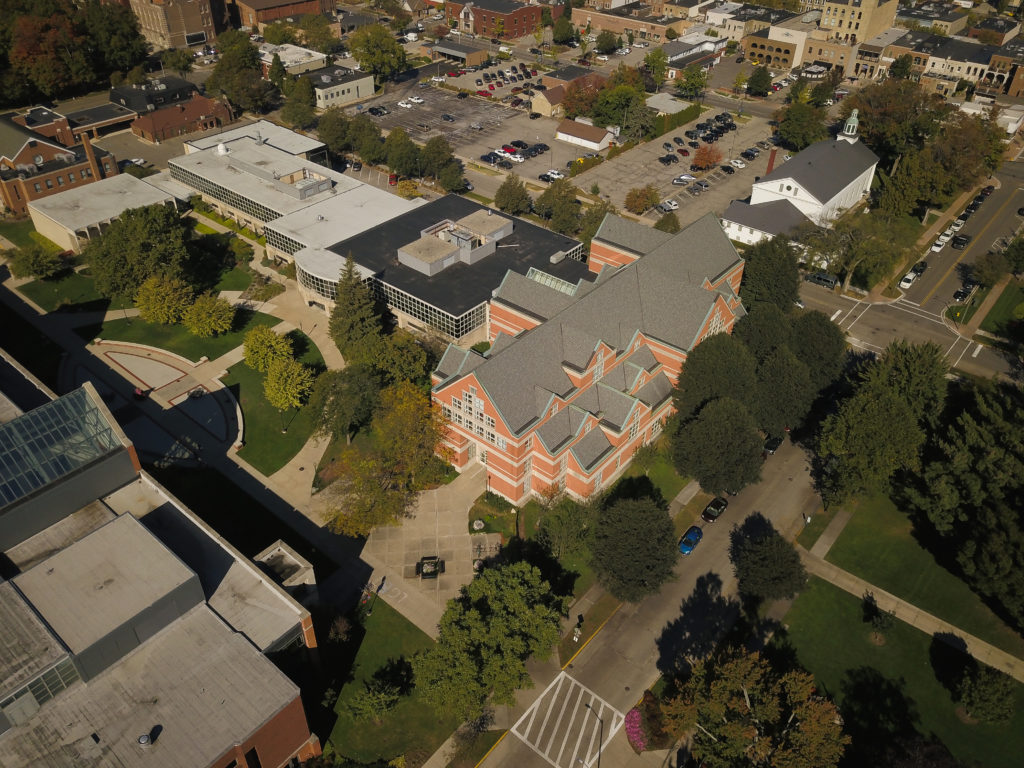
During the past 20 years, science center faculty and staff have doubled with about a third remaining from the original group that first moved into the building during the 2003–2004 academic year. Faculty also have taught more than 9,000 courses to a total of 185,425 students during this time period.
Since the building opened, student-faculty collaborative research has yielded 1,693 scientific poster presentations on campus with 4,095 student authors (not counting off-campus presentations at regional and national scientific meetings.) Journal publications chronicling Hope’s cutting-edge research findings span wide-ranging topics such as: human glioma cells; cardiac rehabilitation; the psychology of religion and spirituality; urbanization’s effects on songbirds; cyclic voltammetric, chronocoulometric, and spectroelectrochemical studies of
electropolymerized films; the origin of dark sand in eolian deposits along the southeastern shore of Lake Michigan; and much, much more.
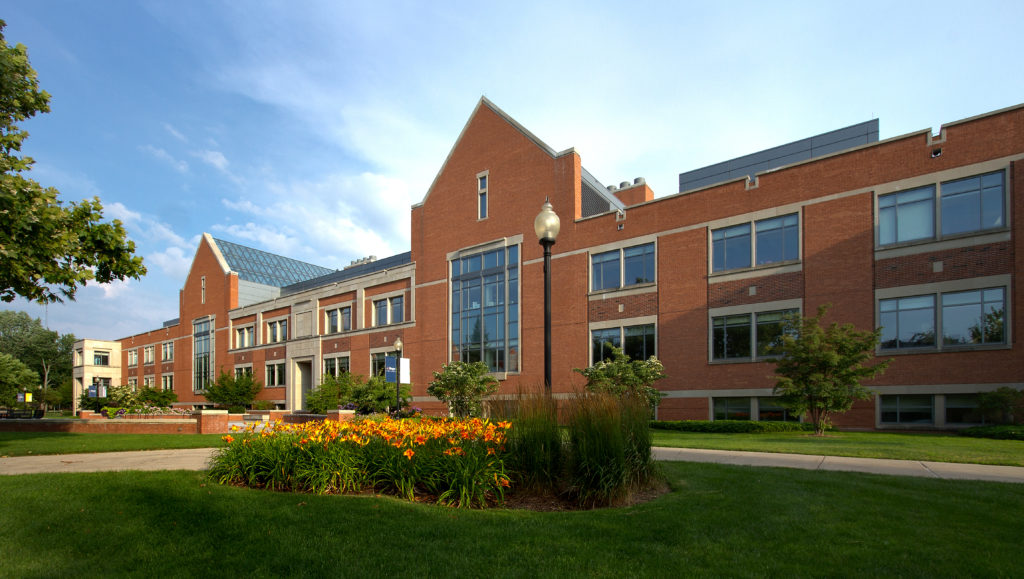
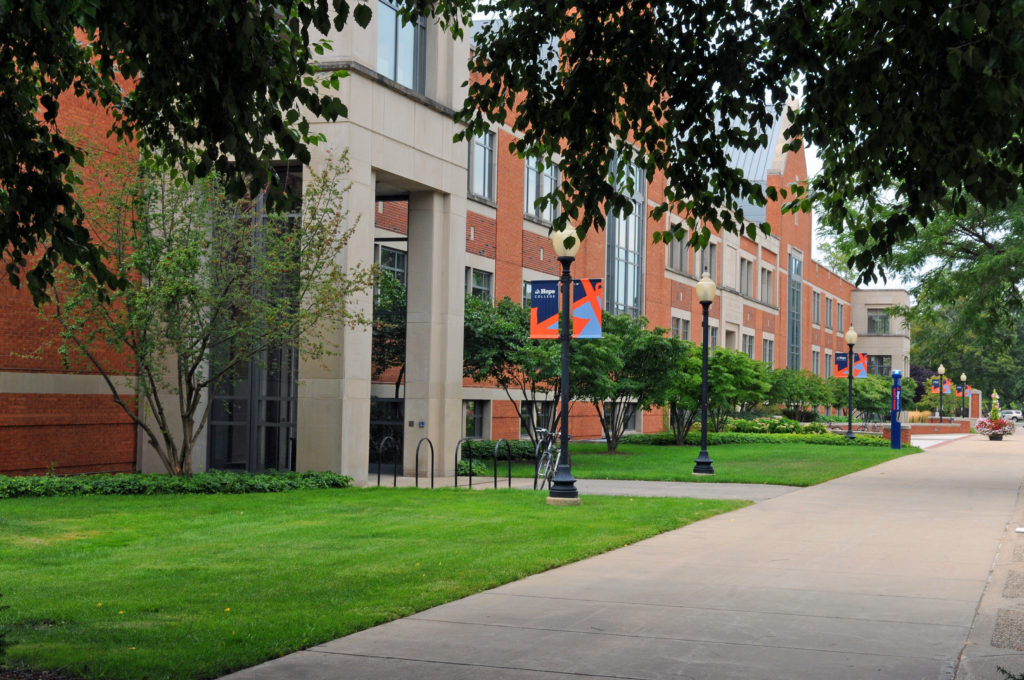
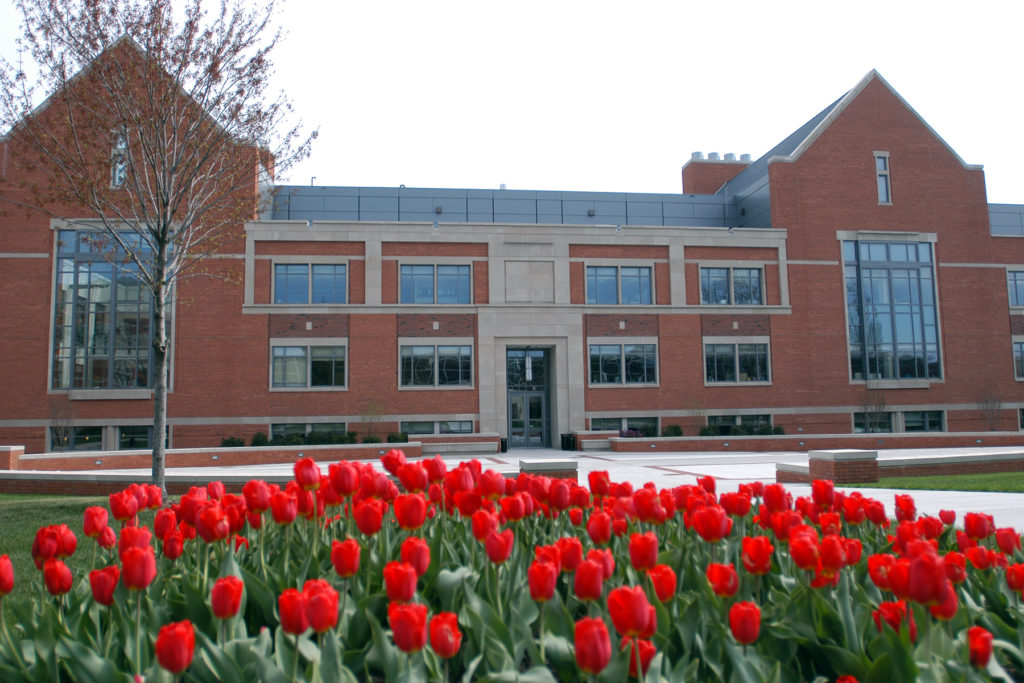
No wonder Hope College is ranked #31 nationally for undergraduate research/creative projects by U.S. News and World Report, ahead of Northwestern University, Dartmouth College, Purdue University and Cornell University.
These accolades would not be possible without the generous support of donors and the extraordinary lead gift by A. Paul Schaap and his wife, Carol, for whom the building is named.
“I had a wonderful experience at Hope conducting research in organic chemistry under the direction of Professor Douglas Neckers. That research led to publications in refereed journals and presentations at scientific meetings,” said Paul Schaap. “My investment in the science center was prompted by the desire to help provide Hope students with the opportunity for fundamental scientific research.”
Schaap, a 1967 graduate of Hope who majored in chemistry, was involved in collaborative student-faculty research from his sophomore through senior years. He went on to receive his doctorate in organic chemistry from Harvard University and joined the Wayne State University faculty in 1970. While there, he founded his own company Lumigen Inc. He is now retired from the faculty and his company.
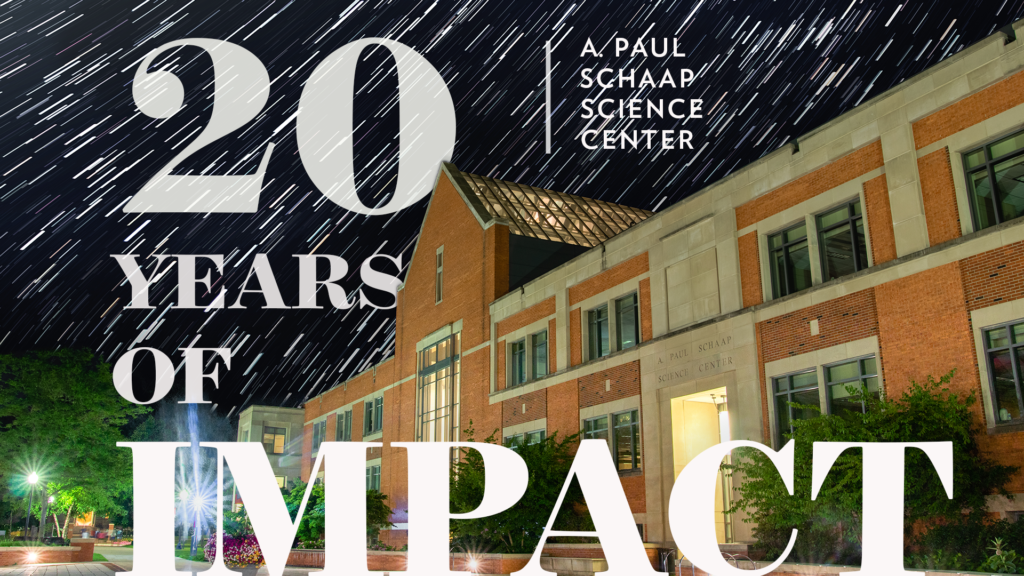
Schaap credits Hope with an exceptional education that set him up for his success in academia and in business. He said he wanted to give back to Hope to help provide similar opportunities for students for years to come. Hope College’s premier research event, the A. Paul and Carol C. Schaap Celebration of Undergraduate Research and Creative Activity (CURCA), was also named to honor the Schaaps for their unwavering support of student-faculty collaborative research on campus.
The rich research tradition championed through the Schaap Science Center has launched many students into research careers and graduate school. Faculty research also has grown exponentially since moving into Schaap Science Center due to modernized labs and the building’s intentional design to promote interdisciplinary collaboration and a community of scholars.
Chris Barney, the T. Elliot Weier Emeritus Professor of Biology, had a front-row seat to this progress during the 37 years that he taught at Hope. “The programs housed in the building have generated over $38 million dollars in external grants and contracts and over 750 publications in the peer-reviewed scientific and educational literature (many co-authored by students),” Barney said.
He and his students’ research flourished due to all the innovations in the labs and other areas of the building.
“My research program on heat stress and thirst was impacted in a significant way by the Schaap Science Center,” explained Barney, who worked with architects on the teaching and research laboratory designs along with Mike Seymour, retired professor of chemistry.
“The new and improved environmental chambers, the modern animal care facilities, the analytical chemistry lab, additional computing facilities and my comfortable new office all helped me and my students obtain new and better data,” Barney added. “This is also true for many other faculty members. The many wonderful donors to the building deserve much credit for advancing scientific and education research at Hope.”


